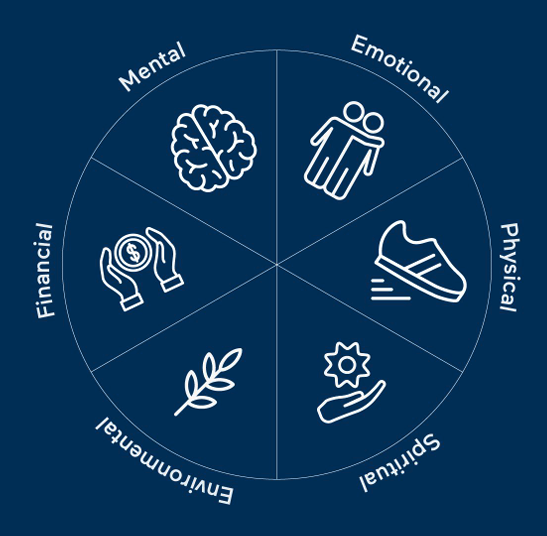What’s the Difference Between Health and Wellness anyway?
You hear the words “health” and “wellness” thrown around, often together, especially when it involves fear tactics (“this ingredient will give you cancer!”) and / or for marketing purposes (“buy our product and be free of disease!”) Obviously I’m exaggerating here but you get the picture. So I wanted to break down the definitions of both health and wellness (and well-being, if you’re up for it) so you can get a deeper understanding of what makes them unique, why they’re important individually and collectively.
Let’s start with the dictionary definitions then dive deeper
Health: “the state of being free from illness or injury.”
Wellness: “the quality or state of being in good health especially as an actively sought goal”
Well-being: “the state of being happy, healthy, or prosperous”
For so long we were really only focused on health, just trying to avoid disease or injury (one can argue this is where our medical system is still at). But is that the life you want to live? Coasting in neutral? My goal as a health coach (or really just as a person passionate about this field) is to help people thrive, not just survive. Health is surviving but wellness (and more so well-being) is where you thrive. I love this definition of wellness from Michael Arloski, author of Wellness Coaching for Lasting Lifestyle Change.
“Wellness is the experience of living life with high levels of awareness, conscious choice, self-acceptance, interconnectedness, love, meaning and purpose. Wellness is the individual’s life journey (and our society’s larger task) of taking Abraham Maslow’s concept of Self-Actualization and applying it to mind, body spirit and our interconnectedness with other people and our environment.”
While we’re exposed to many things on a daily basis that may negatively impact our health and well-being (everything from chemicals in our products to toxic vibes on social media), thankfully there are small steps you can take that can make a big difference.
In coaching, we may use assessments to gauge where clients are at in terms of their wellness and well-being. It’s a great visual way to identify the areas that are going well and areas for opportunity. There are several out there but I find the mindbodygreen Wheel of Well-Being (or any of the wheel-form assessments) to be particularly beneficial because it shows different aspects of wellness that are beyond just food and exercise, while demonstrating all pieces of the pie are equally as important.
If you’re curious about your current well-being, take a look at this wheel and on a scale of 1-10 rank your current satisfaction in these categories (with 1 being not at all satisfied and 10 being completely satisfied). What’s going well? What areas would you like to improve on?
Image credit: mindbodygreen coaching certification program


